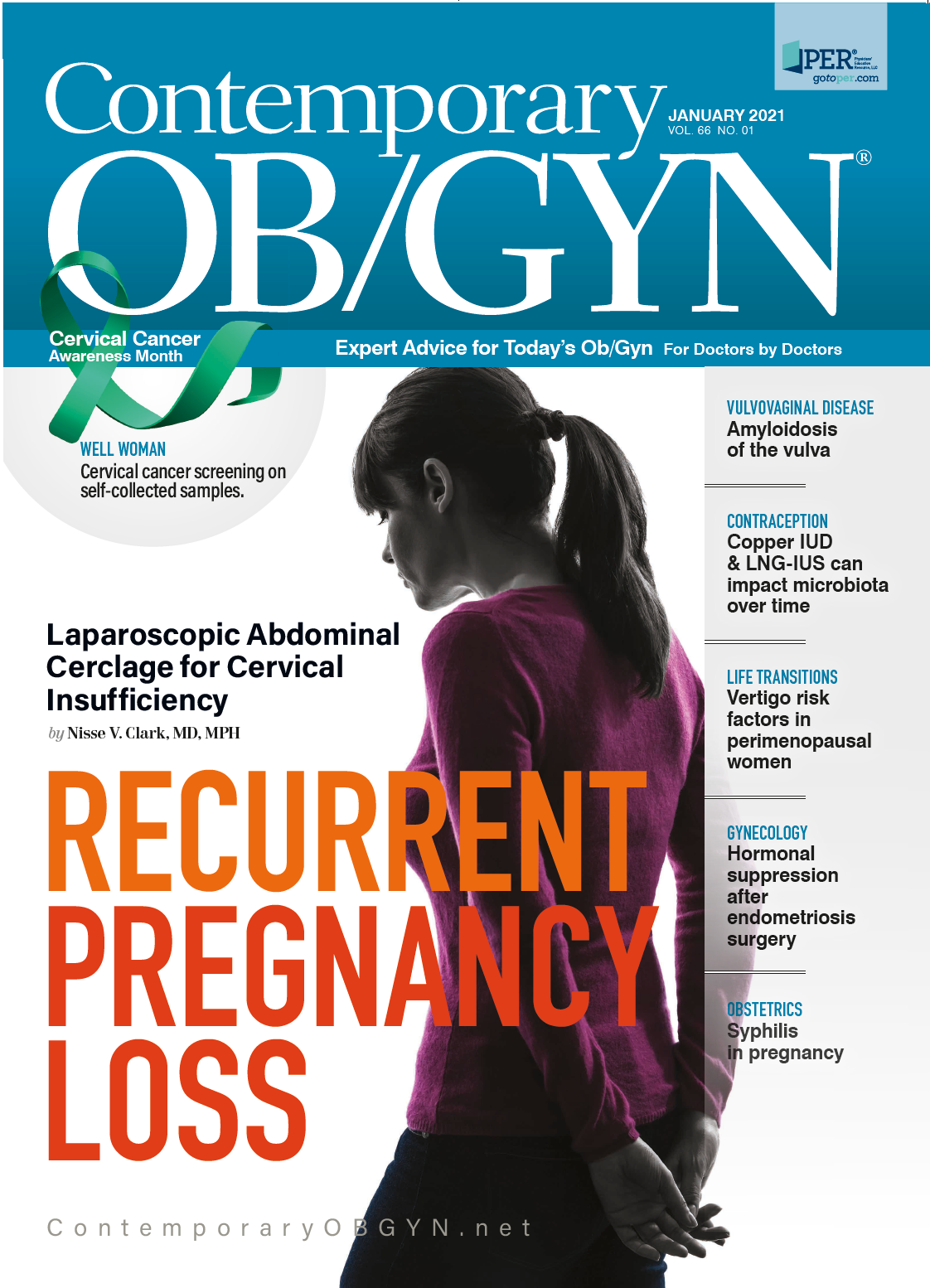Protocols for High-Risk Pregnancies, 7th Edition: Snapshot: Protocol 18 - Peripartum Cardiomyopathy
Snapshot: Protocol 18 - Peripartum Cardiomyopathy
AUTHORS: Sarah Rae Easter, MD, Division of Maternal-Fetal Medicine, Department of Obstetrics and Gynecology, Division of Critical Care Medicine, Department of Anesthesiology, Perioperative and Pain Medicine, Brigham and Women’s Hospital, Harvard Medical School, Boston, Massachusetts, and Carolyn M. Zelop, MD, Director of Ultrasound, Fetal Echocardiography and Perinatal Research, The Valley Hospital, Ridgewood, NJ, and Clinical Professor of Ob/Gyn, NYU School of Medicine, New York, New York.
SYNOPSIS: In this protocol, Easter and Zelop review the clinical presentation and diagnosis of peripartum cardiomyopathy, the pathogenesis of peripartum and other cardiomyopathies, and stabilization and treatment. Included is information on immediate management of peripartum cardiomyopathy, considerations for location and timing of delivery, perspective on chronic therapy and long-term follow-up, and pearls for the obstetric care provider.
Key Messages:
- Crackles or rales, systolic or diastolic murmur, or extra heart sounds such as an S3 or S4 should heighten concern for peripartum cardiomyopathy. Evaluation includes chest x-ray and an electrocardiogram. Abnormal results, or normal results on either plus an atypical history or physical exam, warrant further investigation.
- The clinical presentation of peripartum cardiomyopathy is most often that of decompensated left-sided heart failure but right-sided dysfunction also can be present.
- Common risk factors for peripartum cardiomyopathy are maternal age > 30 years, African descent, multiple gestation, and history of hypertension or preeclampsia.
- Immediate management of peripartum cardiomyopathy is focused on optimization of preload, typically with diuretics, afterload reduction, and supportive care. Cardiac telemetry, continuous fetal monitoring, and close urine output monitoring with placement of a urethral catheter are warranted.
- Delivery is recommended for patients with unstable peripartum cardiomyopathy but timing depends on the gestational age of the fetus. An attempted vaginal delivery is recommended for patients without an obstetric contraindication with consideration of cesarean delivery for causes of acute decompensated heart failure.
- With medical therapy (i.e. beta-blockers, angiotensin-converting enzyme inhibitors or angiotensin receptor blockers, and diuretics) 50% to 80% of women with peripartum cardiomyopathy ultimately recover to an ejection fraction > 50% at 6 months. Those with a left ventricular ejection fracture < 50% should be advised against pregnancy.

S4E1: New RNA platform can predict pregnancy complications
February 11th 2022In this episode of Pap Talk, Contemporary OB/GYN® sat down with Maneesh Jain, CEO of Mirvie, and Michal Elovitz, MD, chief medical advisor at Mirvie, a new RNA platform that is able to predict pregnancy complications by revealing the biology of each pregnancy. They discussed recently published data regarding the platform's ability to predict preeclampsia and preterm birth.
Listen
